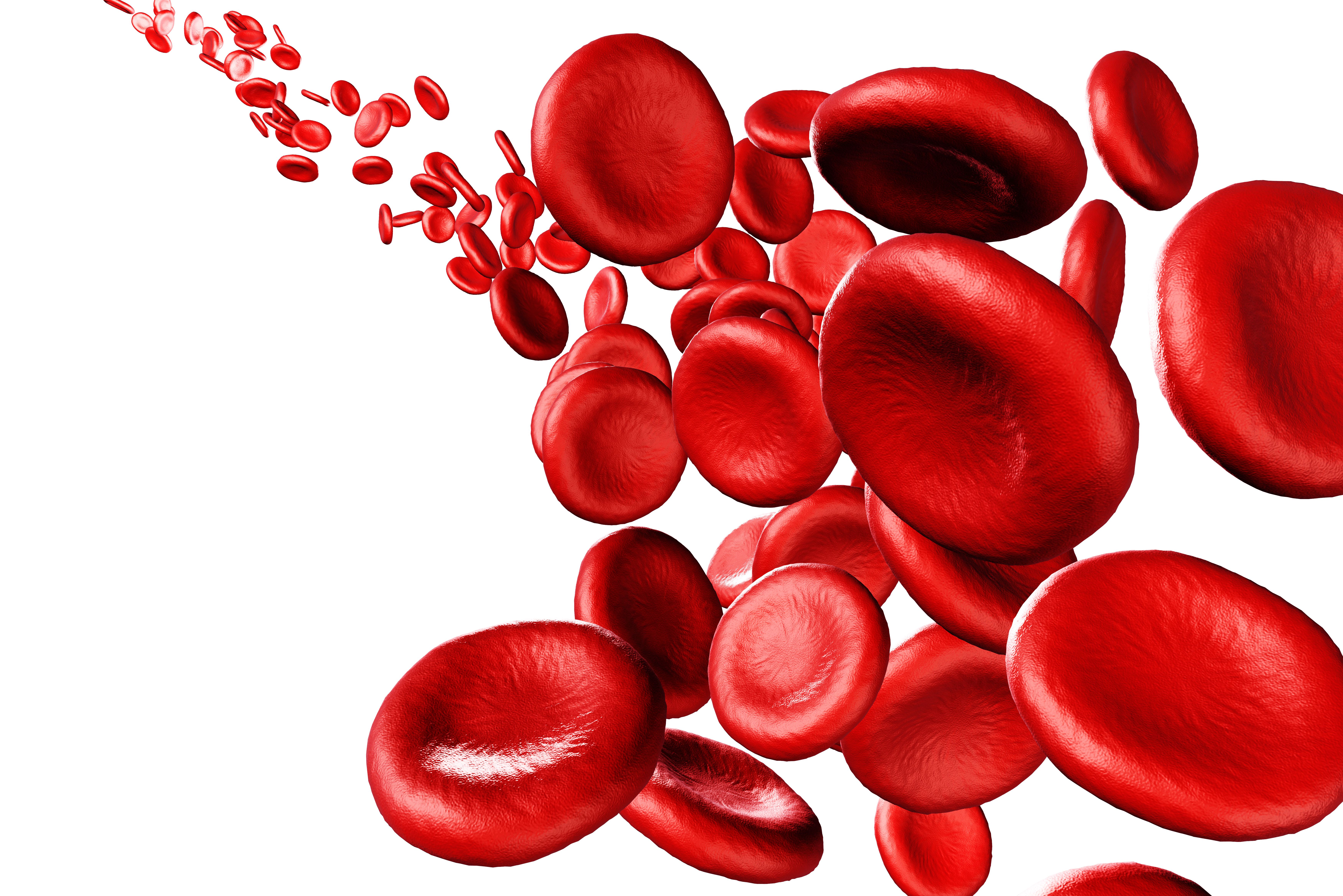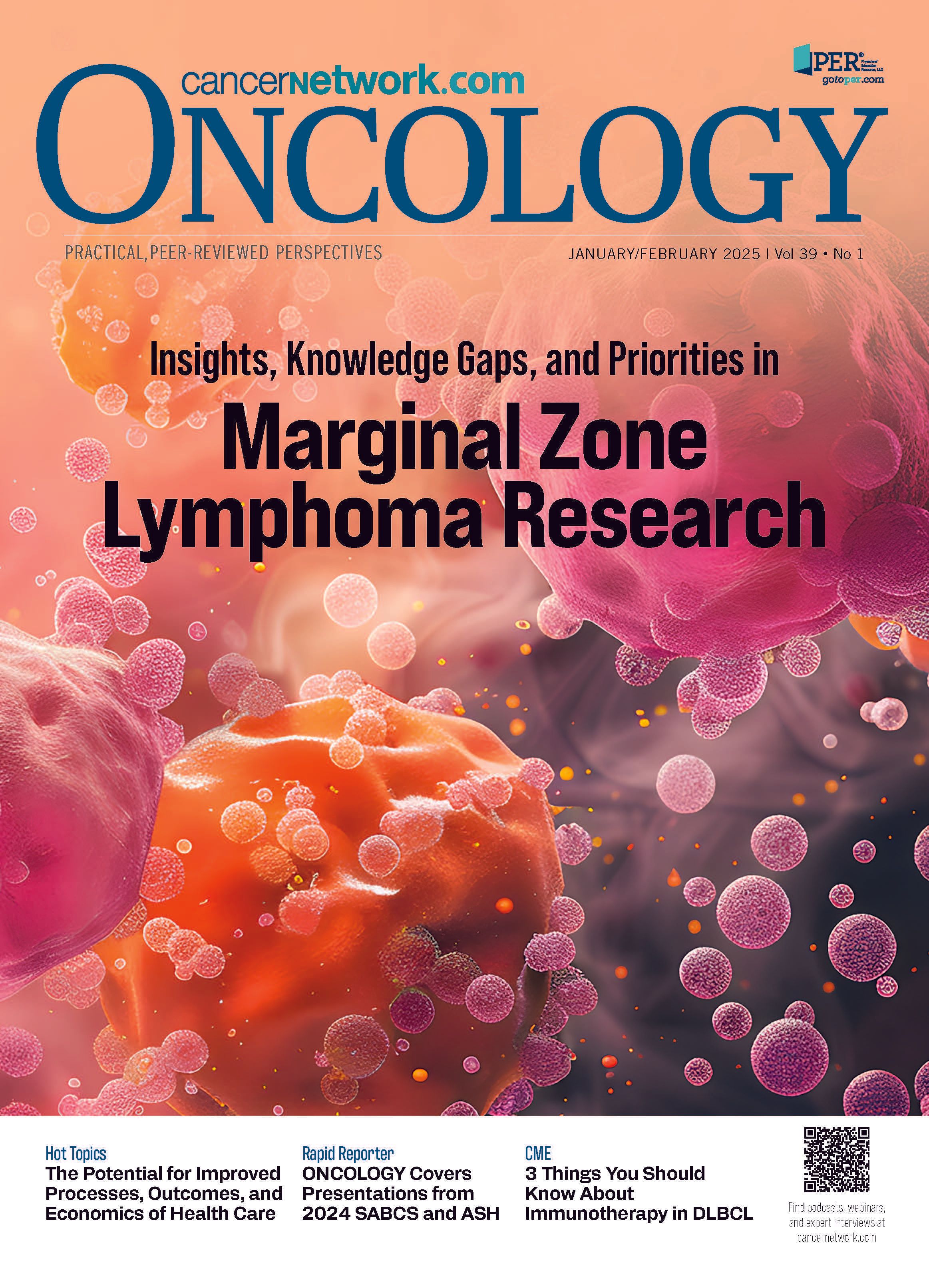MZL Expert Insights Summit Sponsored by the Lymphoma Research Foundation
Julie M. Vose, MD, MBA, discussed MZL research and future directions in the February Letter to Readers.
Julie M. Vose, MD, MBA, discussed MZL research and future directions in the February Letter to Readers.

Marginal zone lymphoma (MZL) is a rare type of non-Hodgkin lymphoma that has several different subtypes and potential clinical presentations. The 3 subtypes—extranodal, nodal, and splenic—are typically indolent in nature at the time of diagnosis but can sometimes progress to a faster-growing clinical pattern or transform into a diffuse large B-cell lymphoma. With the rarity of this type of lymphoma, it is often difficult to gather clinical or research information to help the patients we treat. The Lymphoma Research Foundation is extremely helpful in supporting expert workshops in the research and treatment of rare types of lymphoma, such as MZL. This support has led to a working group that includes basic and translational/clinical researchers from North America and Europe who meet regularly and share their research. This collaboration and exchange supports the research in these rare lymphomas such as MZL.
The 2024 MZL Virtual Scientific Workshop included many physicians and researchers who discussed many aspects of MZL such as hematopathology, molecular diagnosis, potential causative agents, and treatments. The workshops always start with an introduction and history of the lymphoma type, including biology, pathology, epidemiology, treatments, and pathways to target novel treatments. ONCOLOGY is working with the Lymphoma Research Foundation to publish the report from the 2024 MZL Workshop so that all hematology/oncology physicians who care for these patients may benefit from this knowledge. Physicians from around the world participated in discussing hematopathology, molecular diagnosis, possible pathogenic agent associations, and standard and novel treatments.
Despite understanding more about the molecular findings and diagnosis for MZL, in some recurrent cases, treatments remain difficult. Future clinical trials will need to subclassify patients with MZL in their own category and not categorize them with follicular lymphoma, which often happens. Molecular analysis of individual cases may lend itself to more personalized treatment options for patients with MZL.
Collaborations such as this one allow physicians and researchers from around the world to share knowledge and add a great deal of understanding about this uncommon type of lymphoma. The Lymphoma Research Foundation should be congratulated for their ongoing support of this and other similar workshops adding to the scientific knowledge of rare lymphoma subtypes.

Newsletter
Stay up to date on recent advances in the multidisciplinary approach to cancer.
Highlighting Insights From the Marginal Zone Lymphoma Workshop
Clinicians outline the significance of the MZL Workshop, where a gathering of international experts in the field discussed updates in the disease state.